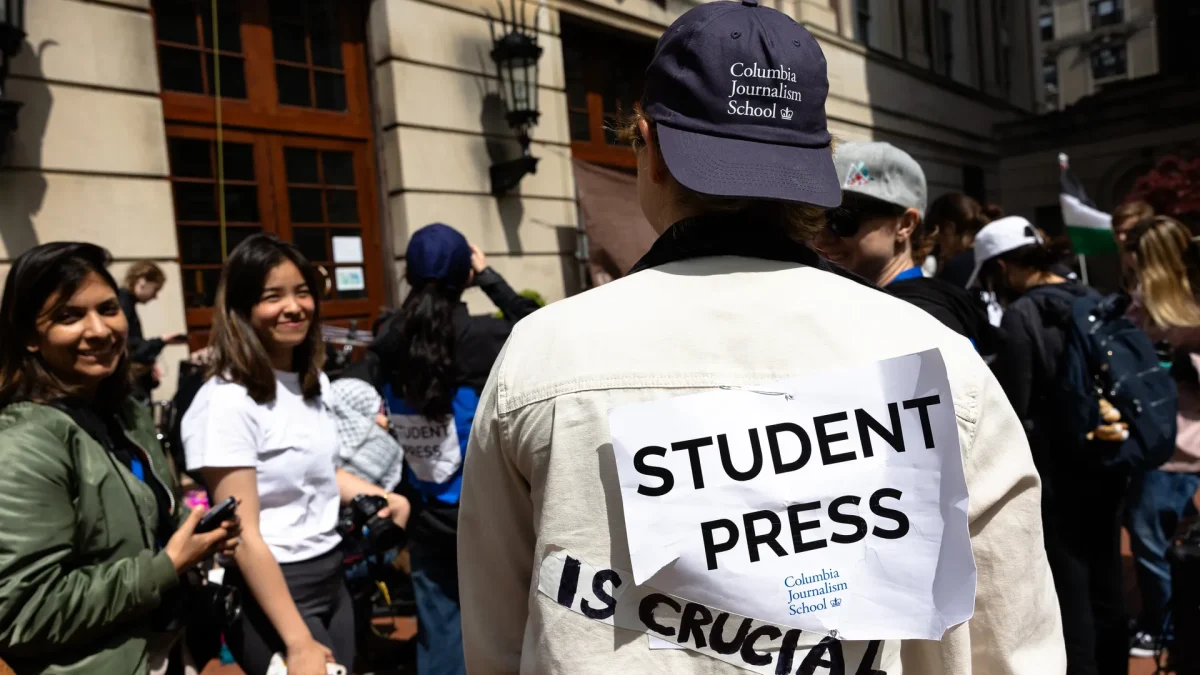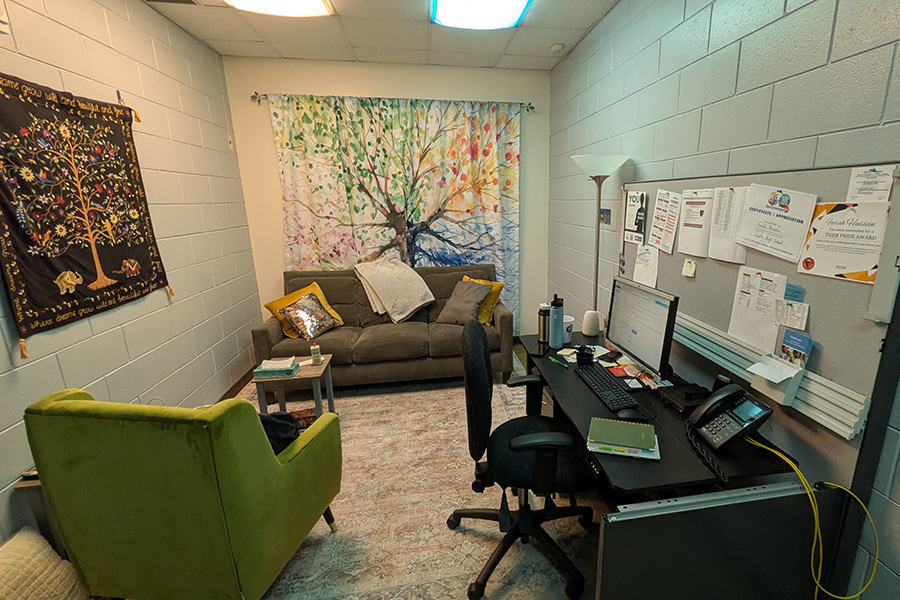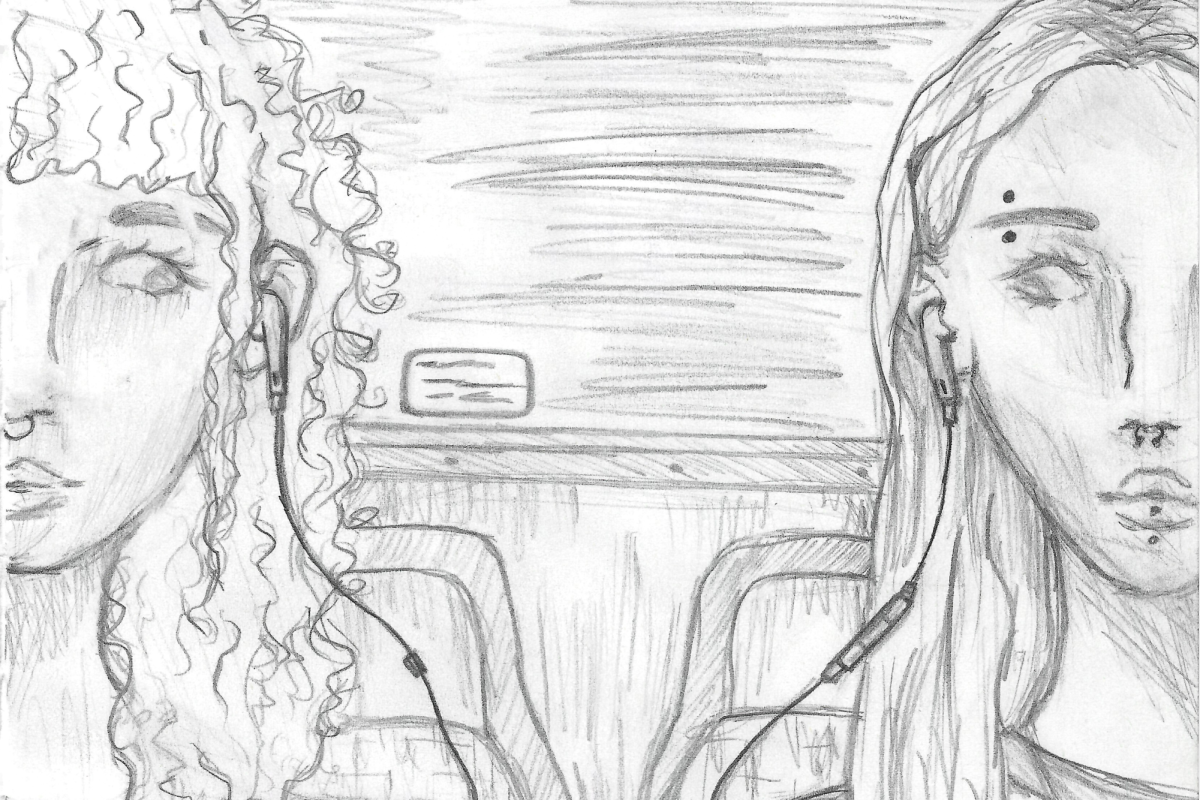While covering pro-Palestinian protests on the UCLA campus, 4 student journalists for the university’s newspaper, The Daily Bruin, were verbally and physically assaulted by pro-Israel counter protesters. Across the nation at Columbia university, a young reporter for WKCR, Columbia’s radio station, was captured while pausing to take a moment to change the bandages on his feet after reporting on the occupation of Hamilton Hall for a grueling 30 hours straight.
As college campuses around the nation erupt with historic protests, police intervention and a crisis of student-faculty relationships, the role of student journalism remains a steadfast institution. Their work is reaching beyond the gates of their campus and into the eyes of the nation, a testament to the sacrifices they’ve made. While many mainstream news stations have done their fair share of reporting on recent university protests, with varying levels of accuracy, student journalists have had their finger on the pulse of their community, standing as a loud, everpresent, voice.
Student journalism sets itself apart from mainstream media with a key advantage; the nature of journalism is proximity. Reporting is not just details of specific events, its impact relies heavily on the context that a reporter is able to provide. When it comes to college campuses, who better to report on campus news than its students? Student journalists show an unmatched stamina in their reporting that reflects their investment to their community and its members.
Student journalism has often been threatened by educational administration with the intention of censoring certain topics, preventing them from reaching a wider audience. Universities have tried to censor the news that school affiliated newspapers report regarding Palestinian protests, including with police intervention. This kind of treatment of students reflects other points in history where school administrations have aimed to censor students regarding major political events and topics. [See Tinker v. Des Moines, and Hazelwood v. Kuhlmeier.] Within the nation, only 17 states have passed laws that protect high school newspapers from arbitrary censorship from school administration. Minnesota, unfortunately, does not have such provisions. This means, such censorship is not only a pressing threat to the expression and integrity of student journalists, but also a huge disservice to the communities who they serve.
I write this as a member of a small public school newspaper, The Southerner, staffed by twenty other passionate teenagers. We’ve previously discussed why we all decided to be a part of the newspaper, a commitment which required significantly more effort than other courses. What can consistently be found in these discussions is an underlying belief of its importance. That being, the access it gives to not only a voice, but to the real, organized power that is gained by investing yourself into your community. Student journalism is relevant at any size because if corruption goes unchecked, it threatens the integrity of every educational institution at every level. From this small scale perspective it still feels like the value of student journalism is paramount to the culture of modern education and media.
Watching student journalists invest themselves into the state of their campuses, facing violence, arrest, sleepless nights, and political targeting, I can’t help but surmise that these students are the true fire of journalism, the face of what it stands for.








